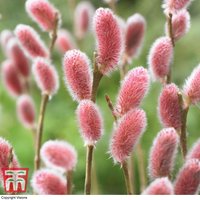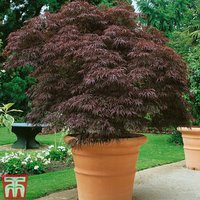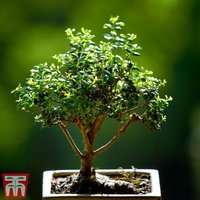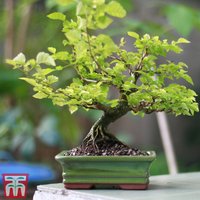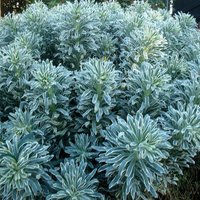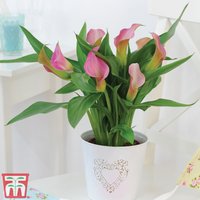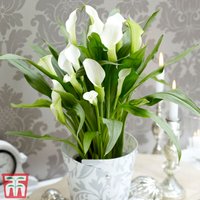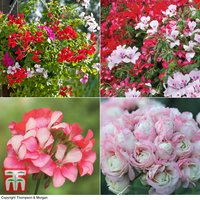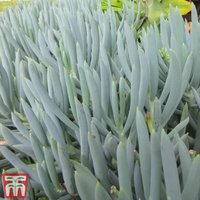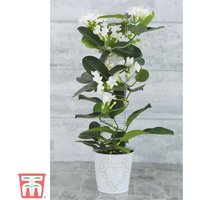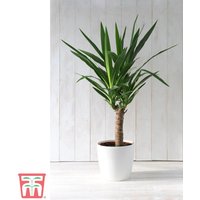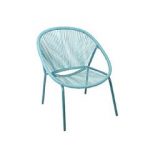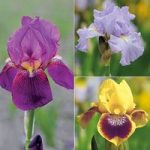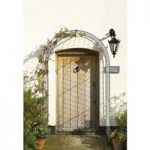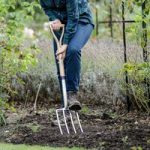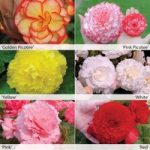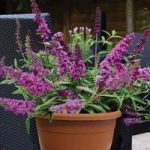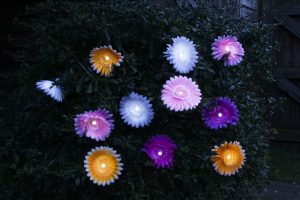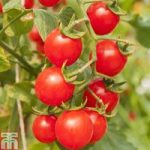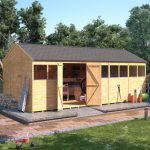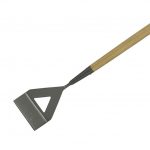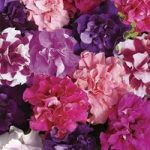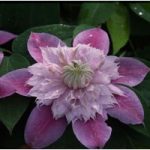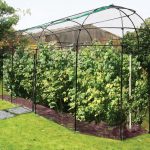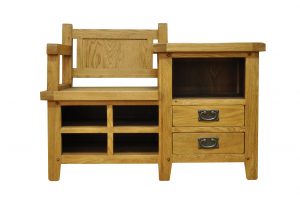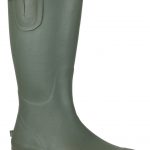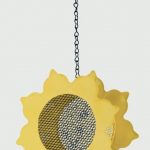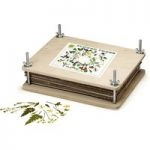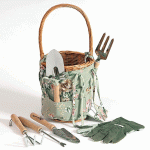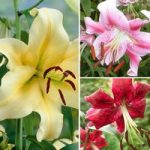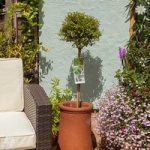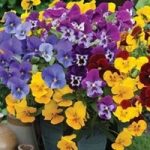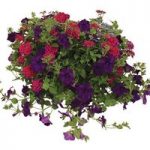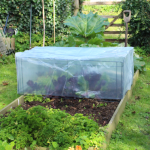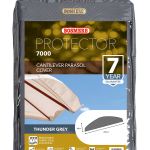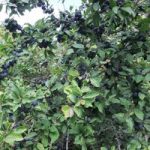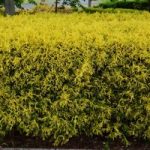Category Archives: Plants & Seeds
Salix gracilistyla ‘Mount Aso’
Acer palmatum ‘Garnet’
Bonsai Carmona microphylla (House Plant)
 The Fukien Tea Tree makes a most attractive Bonsai that it well suited to indoor conditions. Small, glossy leaves crown the trunk which becomes attractively gnarled with maturity. At any time throughout the year, a display of tiny white blooms may appear, followed by red berries which darken with age.
The Fukien Tea Tree makes a most attractive Bonsai that it well suited to indoor conditions. Small, glossy leaves crown the trunk which becomes attractively gnarled with maturity. At any time throughout the year, a display of tiny white blooms may appear, followed by red berries which darken with age.
Bonsai Ligustrum (House Plant)
Bonsai Zelkova (House Plant)
Euphorbia characias ‘Glacier Blue’
Zamioculcas zamiifolia (House Plant)
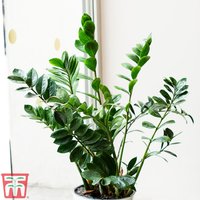 This unusual looking plant has stiff, evergreen leaves with a lustrous, glossy sheen that stand erect from its fleshy rhizomatous stems. Zamioculcas zamiifolia is an adaptable house plant that seems to thrive on neglect. With very little effort, this distinctive looking plant creates a superb focal point.
This unusual looking plant has stiff, evergreen leaves with a lustrous, glossy sheen that stand erect from its fleshy rhizomatous stems. Zamioculcas zamiifolia is an adaptable house plant that seems to thrive on neglect. With very little effort, this distinctive looking plant creates a superb focal point.
Arum Lily (Pink) (House Plant)
Arum Lily (White) (House Plant)
Aquilegia ‘Magpie’
 The striking black bonnets of Aquilegia ‘Magpie’ make a superb contrast with the white corolla. The exquisite blooms of this classic cottage garden perennial are carried on wiry stems, set above pretty ferny foliage. This hardy Columbine is perfect for en masse in borders and shady woodland edges, and makes an attractive cut flower for
The striking black bonnets of Aquilegia ‘Magpie’ make a superb contrast with the white corolla. The exquisite blooms of this classic cottage garden perennial are carried on wiry stems, set above pretty ferny foliage. This hardy Columbine is perfect for en masse in borders and shady woodland edges, and makes an attractive cut flower for
Geranium Lucky Dip
Senecio ‘Himalaya’ (House Plant)
Stephanotis floribunda (House Plant)
Strelitzia reginae (House Plant)
 Turn your conservatory into a tropical paradise with this impressive and showy plant. Strelitzia reginae is commonly called the Bird of Paradise Plant for its exotic flower heads that resemble a brightly coloured bird. The tall blooms rise on vertical stems up to 1.8m (6?) tall and last an incredibly long time!
Turn your conservatory into a tropical paradise with this impressive and showy plant. Strelitzia reginae is commonly called the Bird of Paradise Plant for its exotic flower heads that resemble a brightly coloured bird. The tall blooms rise on vertical stems up to 1.8m (6?) tall and last an incredibly long time!
Tradescantia spathacea ‘Sitara’ (House Plant)
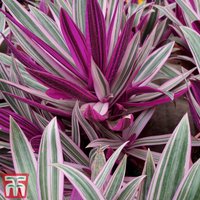 Add a bright splash of colour to your home with Tradescantia spathacea ‘Sitara’. Narrow, variegated foliage forms a colourful rosette, often producing new rosettes from the base to form a fabulous, bushy plant. The bright purple-pink and green variegation makes this house plant a striking focal point.
Add a bright splash of colour to your home with Tradescantia spathacea ‘Sitara’. Narrow, variegated foliage forms a colourful rosette, often producing new rosettes from the base to form a fabulous, bushy plant. The bright purple-pink and green variegation makes this house plant a striking focal point.
Tradescantia zebrina (House Plant)
Yucca elephantipes (House Plant)
Monstera deliciosa (House Plant)
Phalaenopsis (House Plant)
Phalaenopsis ‘Star White’ (House Plant)
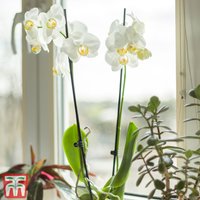 An exquisite Moth Orchid that will bring instant elegance to your home. The pristine white blooms have buttery-yellow centres, contrasting beautifully with the slender, blackened stems. The luxurious flowers of Phalaenopsis ‘Star White’ can last for up to several months. With a little care they will appear year after year.
An exquisite Moth Orchid that will bring instant elegance to your home. The pristine white blooms have buttery-yellow centres, contrasting beautifully with the slender, blackened stems. The luxurious flowers of Phalaenopsis ‘Star White’ can last for up to several months. With a little care they will appear year after year.







